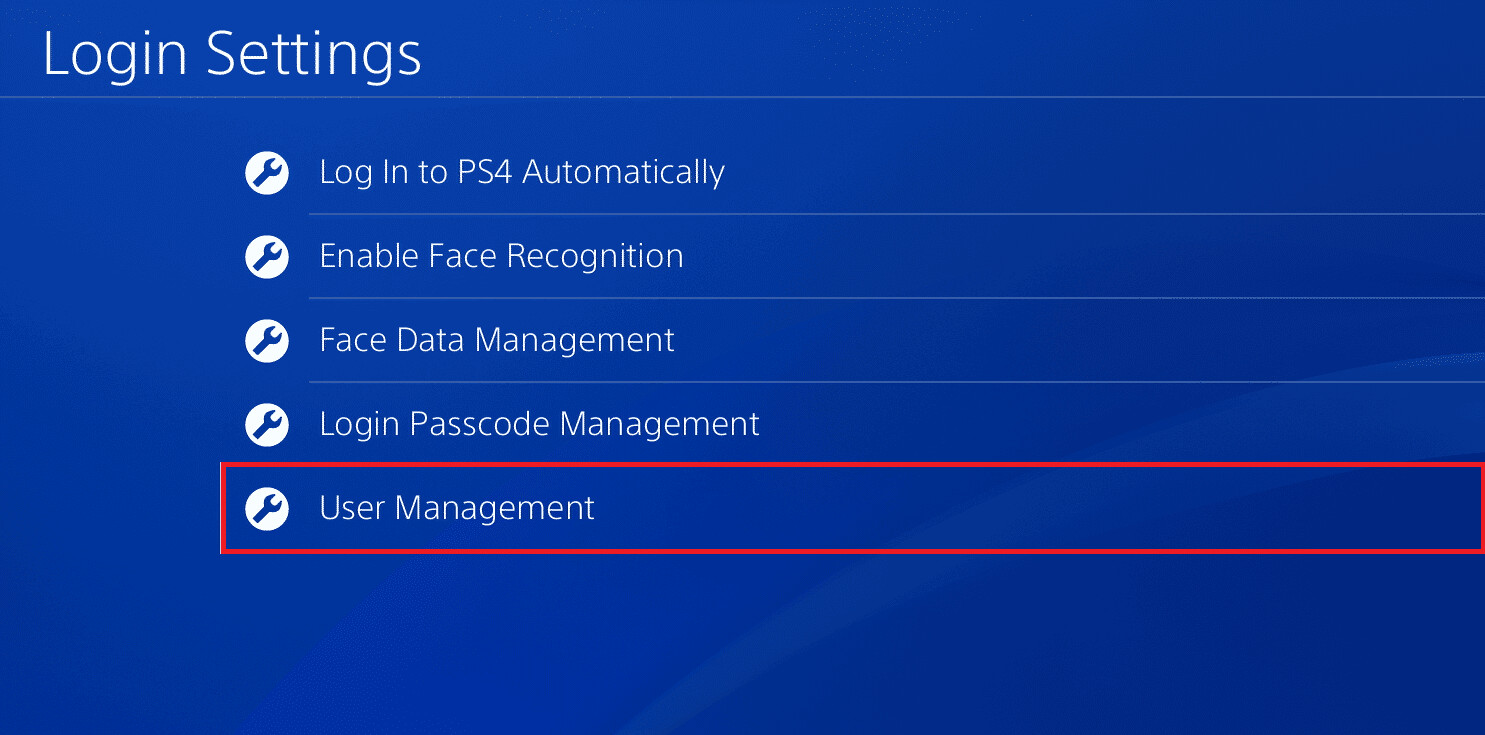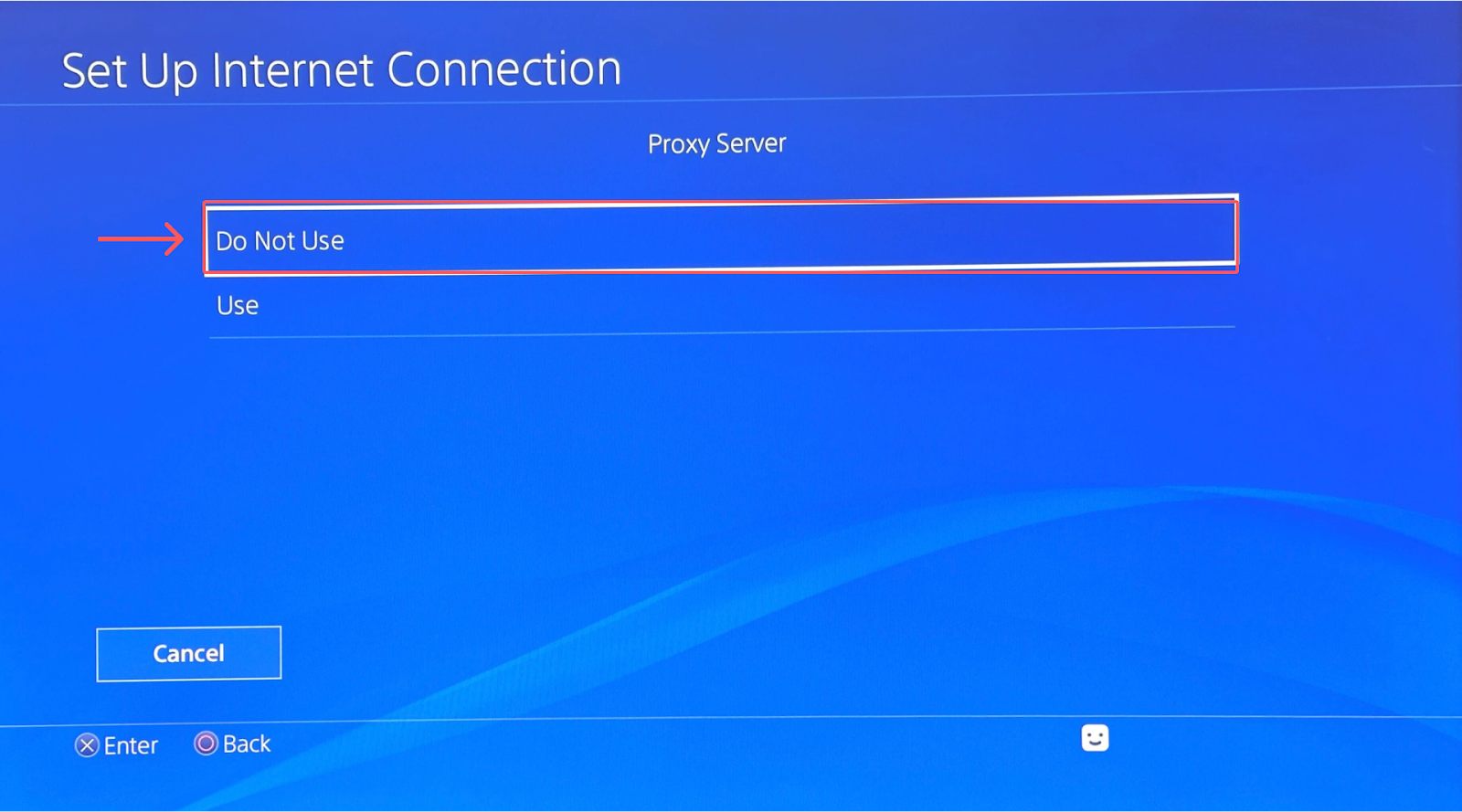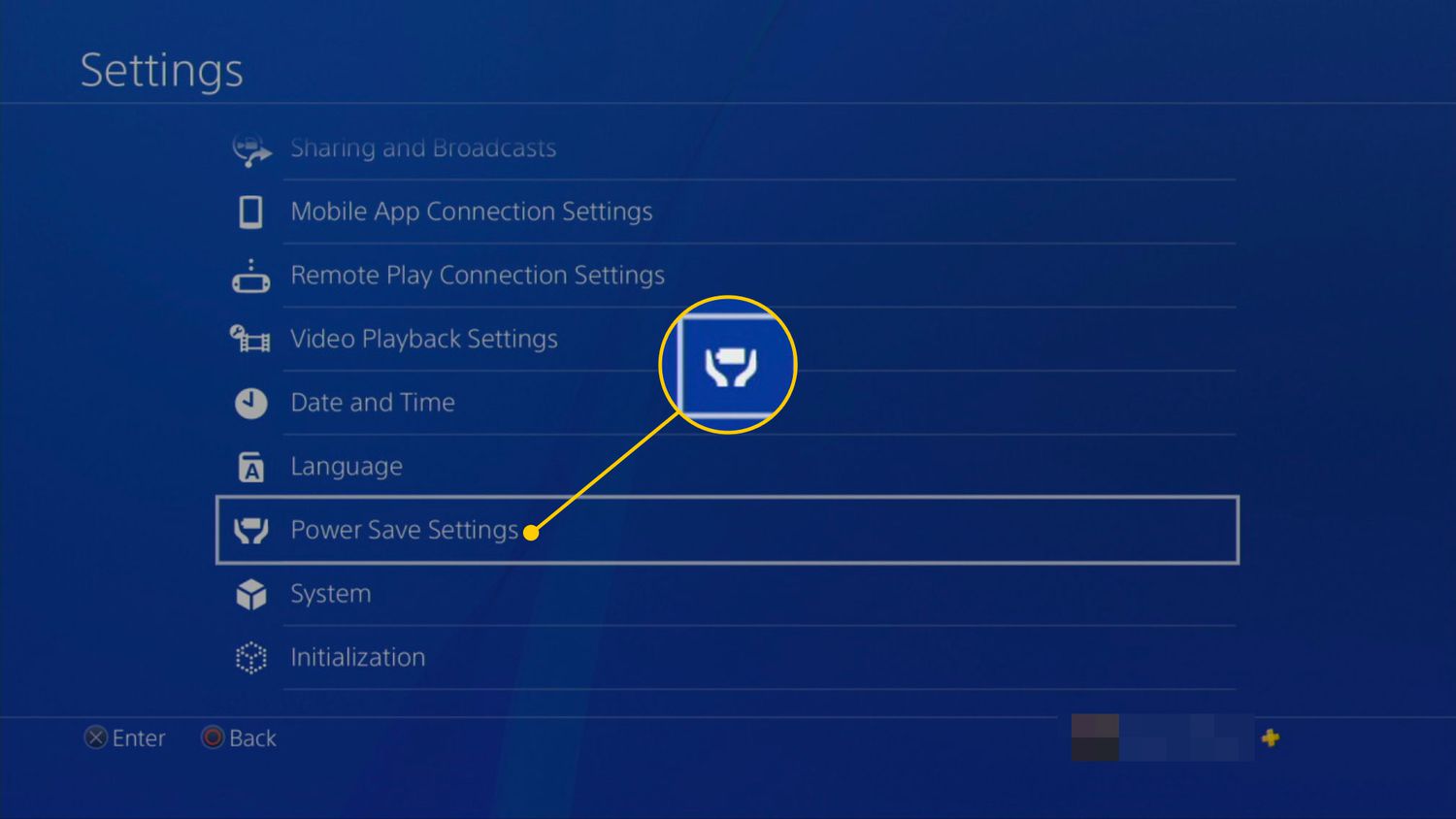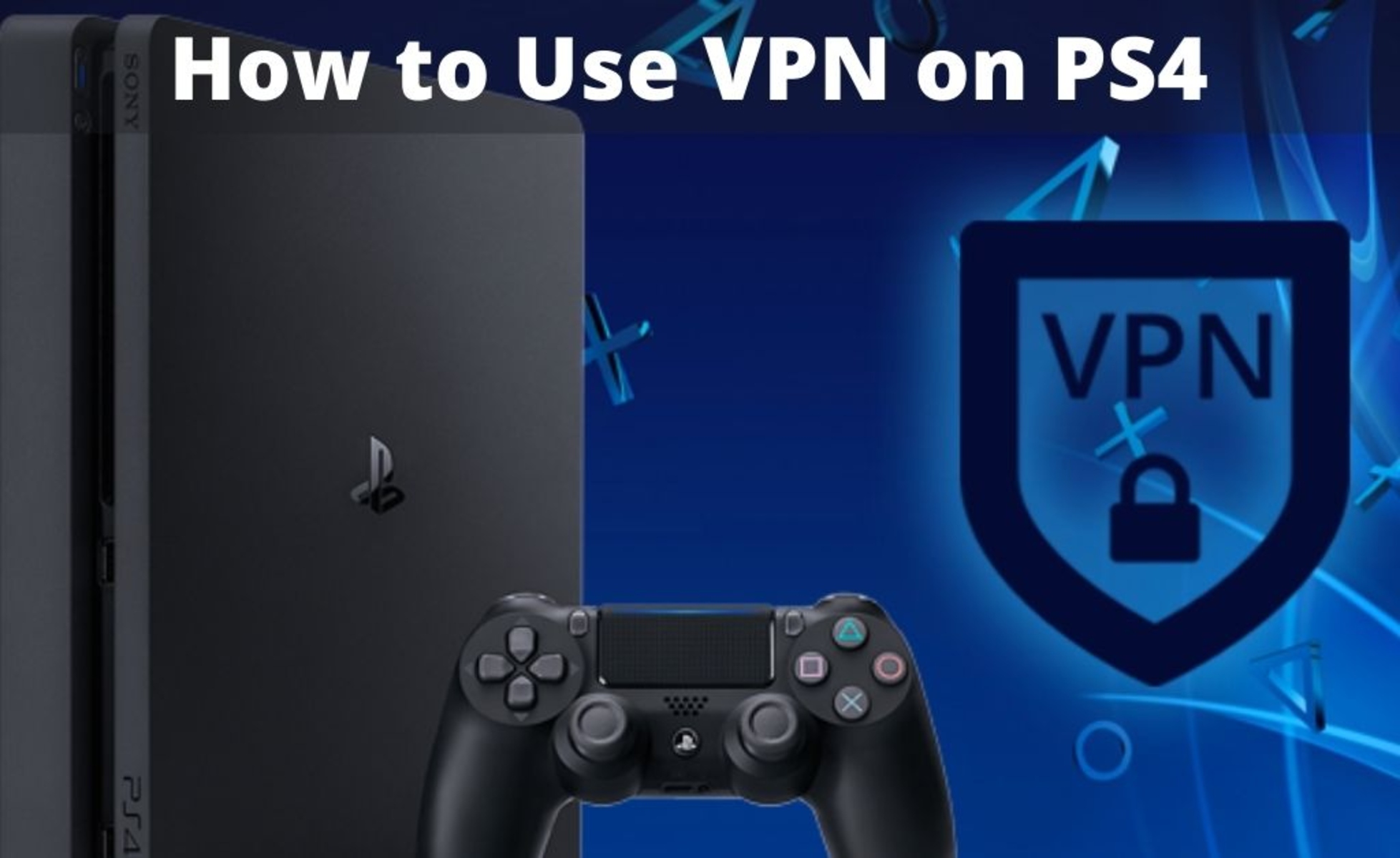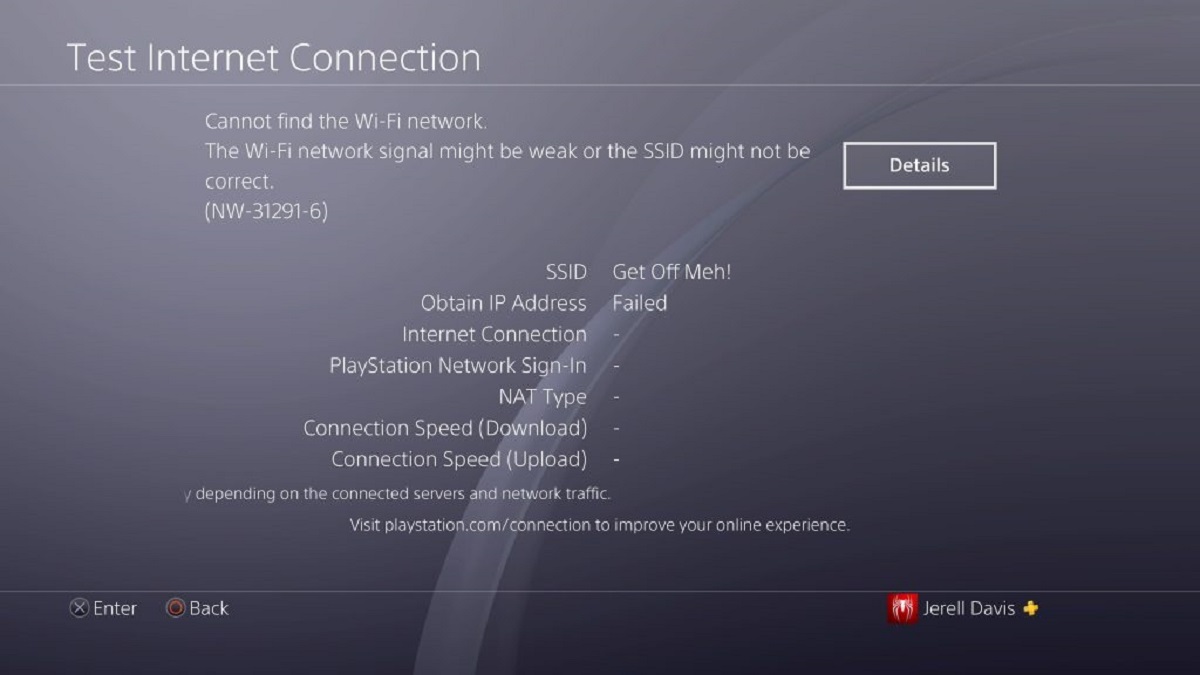What Is a Proxy Server Address?
A proxy server address is a unique identifier that refers to the location of a proxy server on the internet. It serves as a gateway between your device, such as a computer or smartphone, and the websites or services you want to access. When you connect to the internet through a proxy server, all your network traffic is routed through that server before reaching its destination.
A proxy server address can be thought of as the virtual address of the proxy server. It consists of a combination of numbers and letters that represents the server’s IP (Internet Protocol) address. This address is used to establish a connection between your device and the proxy server.
Proxy server addresses are commonly used for various purposes, such as enhancing security and privacy, improving network performance, accessing region-restricted content, and bypassing internet censorship. By using a proxy server, you can mask your IP address and hide your online activities, making it harder for third parties to track your online presence.
Furthermore, a proxy server can cache frequently accessed web pages and files, which helps to reduce bandwidth usage and improve the speed of accessing websites. This can be particularly useful in environments with slow or unreliable internet connections.
Overall, a proxy server address plays a crucial role in facilitating the connection between your device and the internet, offering advantages in terms of security, privacy, performance, and access to restricted content. Understanding how it works and how to configure it can greatly enhance your online experience.
How Does a Proxy Server Work?
A proxy server acts as an intermediary between your device and the internet. When you send a request to access a website or service, the request first goes to the proxy server, which then forwards it on your behalf. This process helps to mask your device’s identity by using the proxy server’s IP address instead of your own.
When you configure your device to use a proxy server, all your network traffic passes through it. The proxy server intercepts your requests, processes them, and sends them to the desired destination. It then retrieves the response and sends it back to you.
One of the main functions of a proxy server is to provide anonymity and protect your privacy. When you access the internet through a proxy server, the websites and services you visit only see the proxy server’s IP address, not your device’s actual IP. This helps to prevent your online activities from being traced back to you.
Proxy servers can also be used to bypass internet censorship or access region-restricted content. By connecting to a proxy server located in a different country, you can make it appear as if you are browsing from that location. This can be useful for accessing websites or services that are blocked or restricted in your own country.
In addition, proxy servers can improve network performance by caching web pages and files. When you request a webpage that is stored in the proxy server’s cache, it can deliver the content directly without needing to retrieve it from the original server. This can significantly reduce the load on the network and improve browsing speed.
Furthermore, proxy servers can provide an additional layer of security by acting as a firewall between your device and the internet. They can filter out malicious or unwanted traffic, blocking access to potentially harmful websites or content.
In summary, proxy servers work by intercepting and forwarding your network requests, providing anonymity, bypassing censorship, improving performance, and enhancing security. Understanding how proxy servers function can help you make the most of their benefits and improve your internet experience.
Advantages of Using a Proxy Server Address
Using a proxy server address offers several advantages that can enhance your online experience. Let’s explore some of the key benefits:
- Enhanced Privacy and Anonymity: When you browse the internet through a proxy server, your IP address is masked, providing an extra layer of privacy. This makes it difficult for websites and online trackers to trace your online activities back to your device.
- Bypassing Internet Censorship: Proxy servers allow you to bypass internet censorship imposed by governments or institutions. By connecting to a proxy server located in a different country, you can access blocked websites and services that may be otherwise unavailable in your region.
- Access to Region-Restricted Content: Some online content, such as streaming services or region-specific websites, may be restricted based on your geographical location. By using a proxy server with a corresponding IP address, you can bypass these restrictions and gain access to the content you desire.
- Improved Network Performance: Proxy servers can cache frequently accessed web pages and files, reducing the load on the network and improving browsing speed. This is particularly beneficial in environments with slow or unreliable internet connections.
- Added Security: Proxy servers act as a barrier between your device and the internet, filtering out malicious traffic and protecting you from potential online threats. They can help prevent direct connections to potentially harmful websites or content, ensuring a safer browsing experience.
- Traffic Control and Bandwidth Optimization: Proxy servers can be configured to prioritize or restrict certain types of traffic, ensuring that critical resources are optimized. By managing bandwidth usage and controlling traffic flow, proxy servers can improve overall network performance for all users.
- Monitoring and Filtering Capabilities: Proxy servers can be set up to monitor and filter network traffic, allowing administrators to enforce usage policies, restrict access to certain websites or content categories, and track user activities. This can be particularly useful in educational institutions or corporate environments.
In summary, using a proxy server address provides benefits such as enhanced privacy, bypassing censorship, access to region-restricted content, improved network performance, added security, traffic control, and filtering capabilities. By leveraging these advantages, you can customize your online experience and optimize your internet usage.
Types of Proxy Servers
Proxy servers come in different types, each with its own characteristics and functionalities. Understanding these types can help you choose the most suitable proxy server for your needs. Here are some common types of proxy servers:
- HTTP Proxy: An HTTP proxy, also known as a web proxy, is designed to work specifically with HTTP (Hypertext Transfer Protocol) traffic. It acts as an intermediary between your device and the websites you visit, handling requests and responses for HTTP-based content. HTTP proxies are widely used for web browsing and can provide basic anonymity and access control.
- HTTPS Proxy: An HTTPS proxy, also referred to as a secure proxy, is similar to an HTTP proxy but is specifically designed to handle HTTPS (Hypertext Transfer Protocol Secure) traffic. It encrypts data transferred between your device and the proxy server, ensuring secure communication. HTTPS proxies are commonly used for accessing websites that require an extra layer of security, such as online banking or e-commerce sites.
- SOCKS Proxy: A SOCKS (Socket Secure) proxy operates at a lower level than HTTP and HTTPS proxies. It can handle various types of internet traffic, including email, FTP (File Transfer Protocol), and torrent downloads. SOCKS proxies provide more flexibility in terms of network protocols and can offer better performance for certain applications.
- Transparent Proxy: A transparent proxy is a proxy server that does not modify or hide your IP address. It works in the background without requiring any additional configuration on your device. Transparent proxies are often used by network administrators to enforce usage policies, monitor traffic, or filter content.
- Reverse Proxy: A reverse proxy is deployed on the server side rather than the client side. It acts as an intermediate server between clients and one or more backend servers. Reverse proxies optimize performance by handling requests from clients and distributing them to the appropriate backend servers. They are commonly used to improve scalability, load balancing, and security for websites and web applications.
- Residential Proxy: A residential proxy routes your internet traffic through a residential IP address. This type of proxy server provides the highest level of anonymity as it makes your connection appear as if it is coming from a residential location rather than a data center. Residential proxies are commonly used for tasks like web scraping or accessing geo-restricted content.
- Datacenter Proxy: A datacenter proxy is a proxy server that operates from a datacenter, making it less private compared to residential proxies. Datacenter proxies offer high speed and reliability and are commonly used for tasks like automated data collection, SEO monitoring, or accessing non-sensitive information.
In summary, there are various types of proxy servers, including HTTP, HTTPS, SOCKS, transparent, reverse, residential, and datacenter proxies. Each type serves different purposes and is suited for specific use cases. Understanding these types can help you choose the right proxy server to meet your specific requirements.
How to Find Proxy Server Address for PS4
If you want to use a proxy server with your PS4 console, you will need to find the proxy server address first. Here are a few methods to help you find the proxy server address:
- Contact Your Network Administrator: If you are using a network provided by your school, workplace, or internet service provider, it is recommended to reach out to your network administrator. They should be able to provide you with the necessary proxy server address and any other required information.
- Check Router Settings: Log in to your router’s admin panel and navigate to the network settings. Look for any proxy or firewall settings that may indicate the presence of a proxy server. If you find any, note down the address and other relevant details.
- Check Internet Connection Settings: On your PS4 console, go to the “Settings” menu and select “Network.” Choose “Set Up Internet Connection” and select either Wi-Fi or LAN depending on your connection type. When prompted to choose the connection method, select “Custom.” On the proxy settings screen, select “Use” and enter the proxy server details if you have them. If not, choose “Do Not Use” and proceed.
- Online Proxy Server Lists: There are various websites that provide lists of proxy servers. You can search for “PS4 proxy server list” or similar keywords on a search engine. Keep in mind that the reliability and security of these proxy servers may vary, so exercise caution when using them.
- Proxy Server Apps: There are also dedicated proxy server apps available for mobile devices. You can search for such apps on your smartphone or tablet’s app store and see if they offer the option to configure a proxy server. Some of these apps may provide you with the proxy server address and other necessary details.
Once you have obtained the proxy server address, make sure to note it down correctly, along with any additional details such as the port number or authentication credentials if required. This information will be needed when configuring the proxy server settings on your PS4 console.
Remember, using a proxy server with your PS4 can have benefits such as bypassing restrictions and improving network performance. However, ensure that you use a reliable and trusted proxy server to ensure the security and stability of your online connections.
Steps to Configure Proxy Server for PS4
If you have obtained the proxy server address and want to configure it on your PS4 console, follow these steps to set up the proxy server:
- Turn on your PS4 console and go to the main menu.
- Go to “Settings” and select “Network.”
- Choose “Set Up Internet Connection.”
- Select either Wi-Fi or LAN depending on your connection type.
- Choose “Custom” when prompted to select the connection method.
- On the IP Address Settings screen, choose “Automatic” if you want the PS4 to automatically detect your network settings. If you prefer to enter the settings manually, choose “Manual.”
- If you chose “Automatic,” follow the on-screen instructions, and your PS4 will configure the network settings automatically. Skip to step 11.
- If you chose “Manual,” you will need to enter the IP address settings manually.
- On the Proxy Server screen, select “Use.”
- Enter the proxy server address you obtained in the previous section. You may also need to enter the port number and any authentication credentials if required.
- Choose “Next” and follow the on-screen instructions to complete the setup process.
- Once the settings are saved, your PS4 will test the internet connection. If the connection is successful, you are now using the configured proxy server on your PS4.
It’s important to note that the steps may vary slightly depending on the PS4 system software version. Additionally, ensure that the proxy server you are using is reliable and reputable to maintain a secure and stable internet connection.
If you encounter any issues or the connection does not work as expected, double-check the proxy server address, port number, and authentication details. You may also try restarting your PS4 console and router, or contacting the proxy server provider or your network administrator for further assistance.
By configuring a proxy server on your PS4, you can enjoy the benefits of an enhanced online experience, bypassing restrictions, and potentially improving network performance.
Troubleshooting Proxy Server Issues on PS4
While configuring a proxy server on your PS4 can offer various benefits, such as enhanced privacy and access to region-restricted content, you may encounter certain issues along the way. Here are some common troubleshooting steps to help resolve proxy server issues on your PS4:
- Double-check Proxy Server Settings: Ensure that you have entered the correct proxy server address, port number, and any authentication credentials if required. Even a small mistake in the settings can prevent the proxy server from functioning properly.
- Restart Your PS4 Console and Router: Sometimes, a simple restart can resolve connection issues. Turn off your PS4 console and unplug your router from the power source. Wait for a few minutes, then plug in your router and turn on your PS4. This can refresh the network connections and resolve any temporary glitches.
- Check Network Connectivity: Make sure your PS4 is connected to the internet and has a stable network connection. You can test the connection by going to the “Settings” menu, selecting “Network,” and choosing “Test Internet Connection.” If the connection fails, ensure that your Wi-Fi or Ethernet cable is properly connected and that your internet service is functioning correctly.
- Disable Proxy Server Temporarily: If you are experiencing issues with a specific proxy server, try disabling it temporarily and see if the problem persists. This can help determine if the issue is related to the proxy server itself or other factors.
- Use a Different Proxy Server: If the current proxy server is causing persistent issues, you may try using a different proxy server. There are various proxy server lists available online, so you can choose a reliable and trusted server to configure on your PS4.
- Update PS4 System Software: Ensure that your PS4 is running the latest system software version. Software updates often include bug fixes and improvements that can address compatibility issues, including those related to proxy server configurations. You can check for updates by going to the “Settings” menu, selecting “System Software Update,” and following the prompts.
- Contact Network Administrator or Proxy Server Provider: If none of the above steps resolve the issue, it is recommended to reach out to your network administrator or the provider of the proxy server. They may have specific recommendations or solutions based on the proxy server configuration or network setup.
By following these troubleshooting steps, you can identify and resolve common proxy server issues on your PS4. Remember to ensure that you are using a reliable and trusted proxy server to maintain a secure and stable internet connection on your console.
Final Thoughts
Proxy servers can play a crucial role in enhancing your online experience by providing benefits such as privacy, bypassing restrictions, improving performance, and accessing region-restricted content. Whether you’re using a proxy server address for your PS4 console or any other device, understanding how they work and how to configure them is essential.
When using a proxy server, it’s important to choose a reliable and trusted server to ensure the security and stability of your internet connection. Be cautious when using free public proxies, as they may not always provide the level of privacy and reliability you require. Consider opting for dedicated proxy services that offer better security, speed, and customer support.
Furthermore, keep in mind that proxy servers are just one aspect of maintaining online privacy and security. It’s important to also implement other best practices such as using strong and unique passwords, keeping your software up to date, and being mindful of the websites you visit and the information you share online.
Lastly, always stay informed about changes and advancements in the world of proxy servers. New technologies and developments continuously emerge, and staying updated can help you make the most out of proxy server technologies and their ever-evolving benefits.
By understanding how to find, configure, and troubleshoot proxy servers, you can optimize your online experience and gain access to a world of content while maintaining privacy and security.







